Rising Consumer Awareness
Consumer awareness regarding vehicle safety is on the rise, significantly impacting the Emergency Locking Retractor Seatbelt Market. As individuals become more informed about the importance of seatbelt systems in preventing injuries during accidents, the demand for advanced safety features, including emergency locking retractors, is likely to increase. Surveys indicate that a substantial percentage of consumers prioritize safety features when purchasing vehicles, which could lead to a shift in market dynamics. This heightened awareness is expected to encourage manufacturers to invest in research and development, ultimately enhancing the safety and reliability of seatbelt systems.
Growth in Automotive Production
The Emergency Locking Retractor Seatbelt Market is closely linked to the overall growth in automotive production. As vehicle manufacturing ramps up, the demand for safety features, including emergency locking retractors, is expected to rise correspondingly. Recent data suggests that automotive production is projected to increase by 4% annually, driven by factors such as rising disposable incomes and urbanization. This growth presents a significant opportunity for seatbelt manufacturers to expand their market presence and innovate their product offerings. Consequently, the industry is poised for expansion as more vehicles equipped with advanced seatbelt systems hit the roads.
Focus on Enhanced Passenger Comfort
The Emergency Locking Retractor Seatbelt Market is also influenced by the growing emphasis on passenger comfort in vehicle design. Manufacturers are increasingly recognizing that safety features must not only protect occupants but also provide a comfortable experience. Innovations aimed at improving the ergonomics of seatbelt systems, such as adjustable retractors and softer materials, are gaining traction. This trend is likely to attract consumers who prioritize comfort alongside safety, potentially leading to a shift in purchasing behavior. As a result, the market may see a diversification of product offerings that cater to both safety and comfort needs.
Increasing Vehicle Safety Regulations
The Emergency Locking Retractor Seatbelt Market is experiencing growth due to the increasing stringency of vehicle safety regulations. Governments worldwide are implementing more rigorous standards for vehicle safety, which include mandates for advanced seatbelt systems. This regulatory push is likely to drive manufacturers to innovate and enhance their seatbelt designs, particularly focusing on emergency locking retractors. As a result, the market is projected to expand, with estimates suggesting a compound annual growth rate of around 5% over the next few years. The emphasis on safety features in vehicles is becoming a critical factor for consumers, further propelling the demand for advanced seatbelt technologies.
Technological Innovations in Seatbelt Design
Technological advancements are playing a pivotal role in shaping the Emergency Locking Retractor Seatbelt Market. Innovations such as smart seatbelt systems that integrate sensors and automated locking mechanisms are becoming more prevalent. These technologies not only enhance safety but also improve user experience by ensuring that seatbelts are engaged correctly. The market is witnessing a surge in demand for such innovative solutions, with projections indicating a potential increase in market size by approximately 10% over the next five years. As manufacturers continue to explore new technologies, the competition within the industry is likely to intensify.


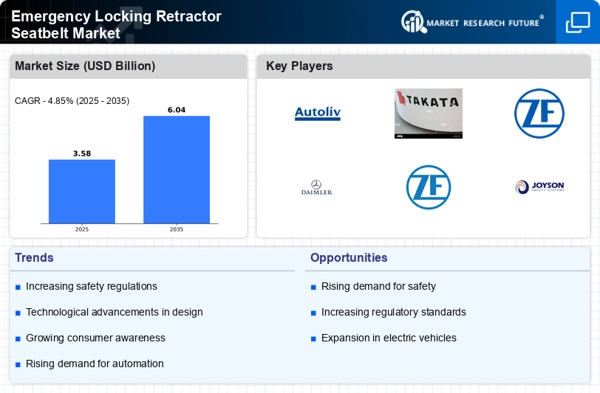
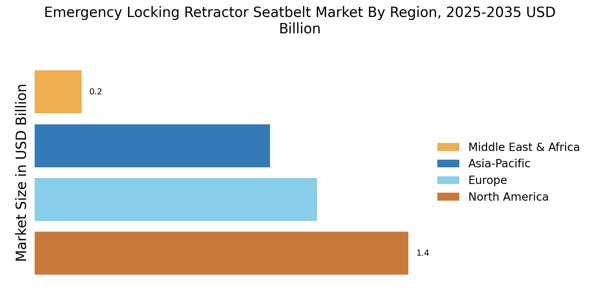
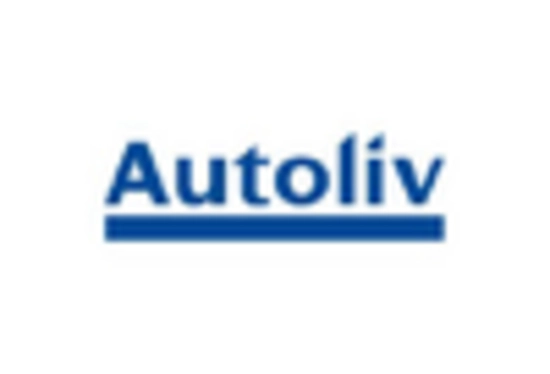
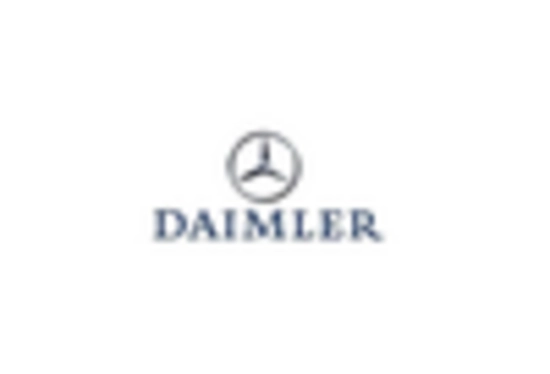
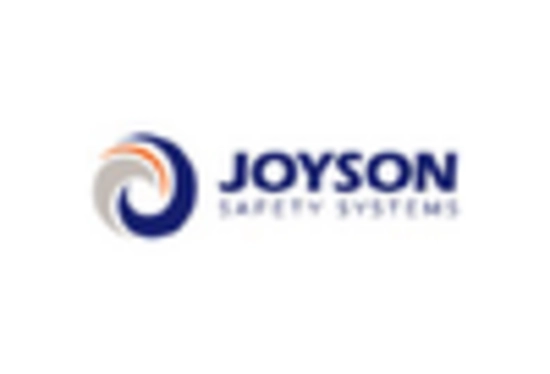


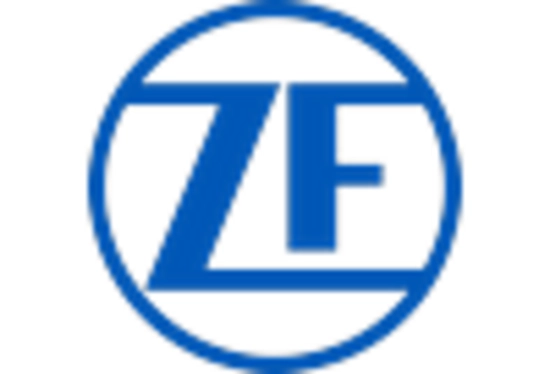








Leave a Comment